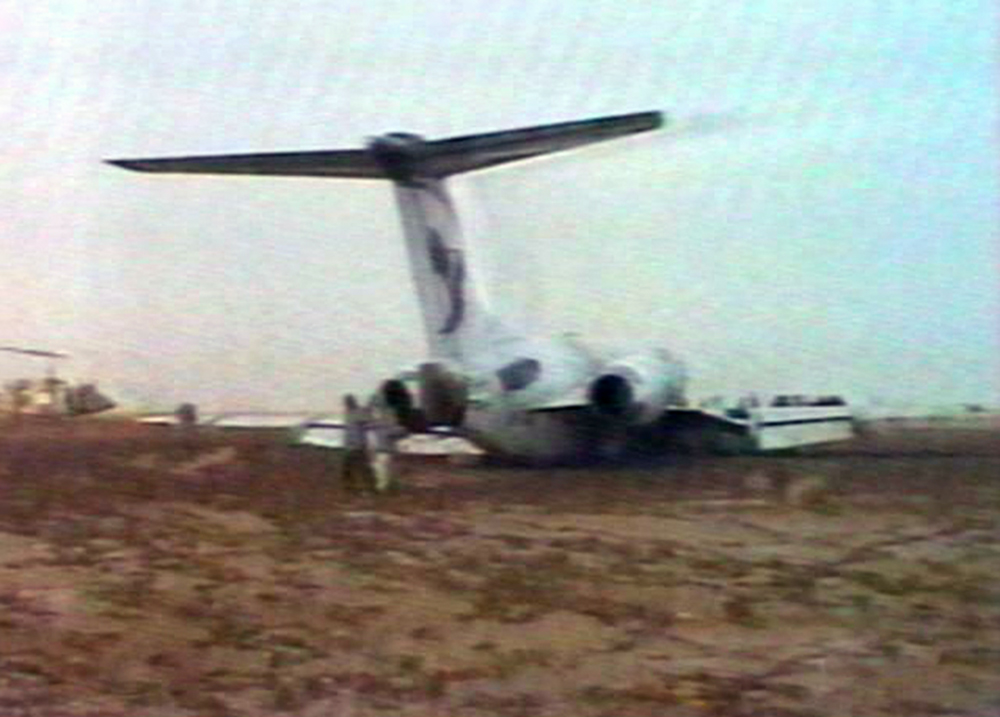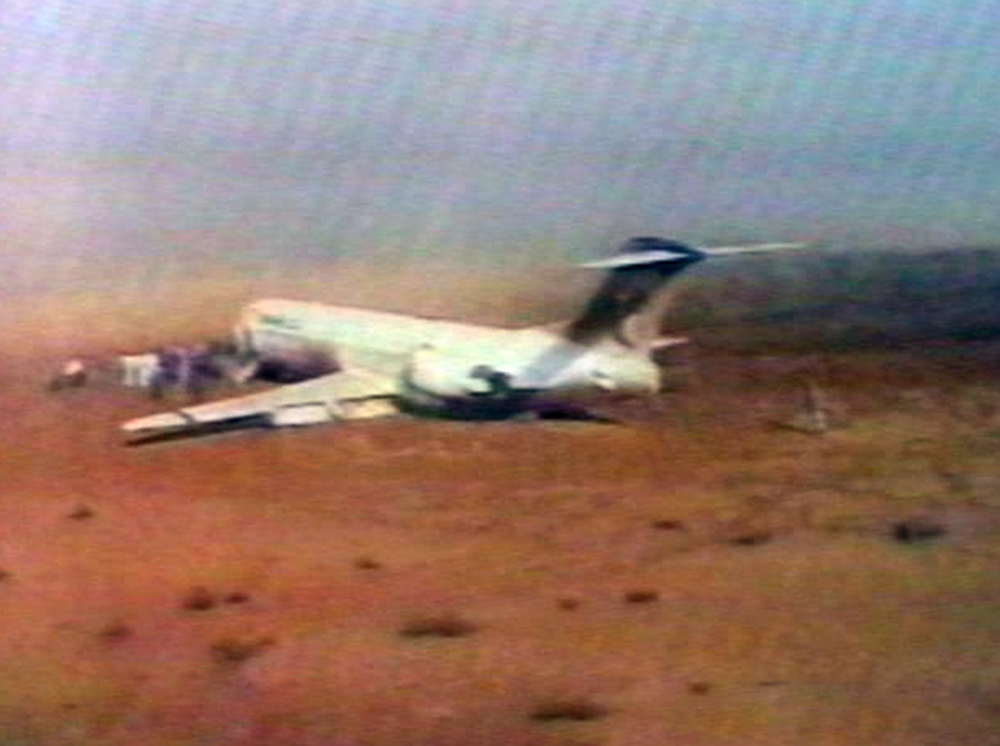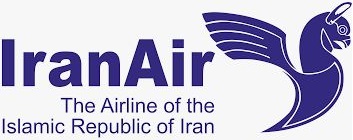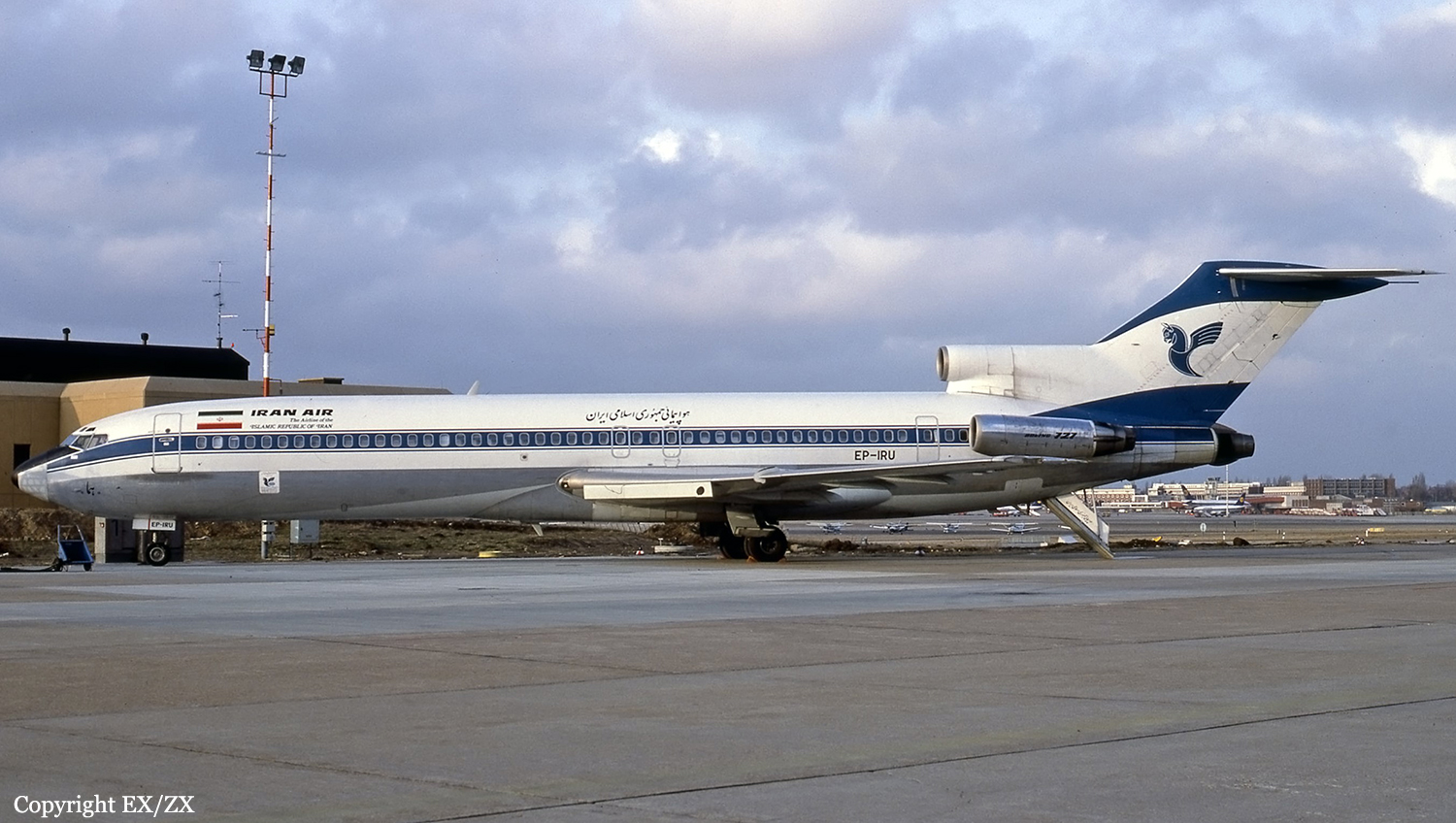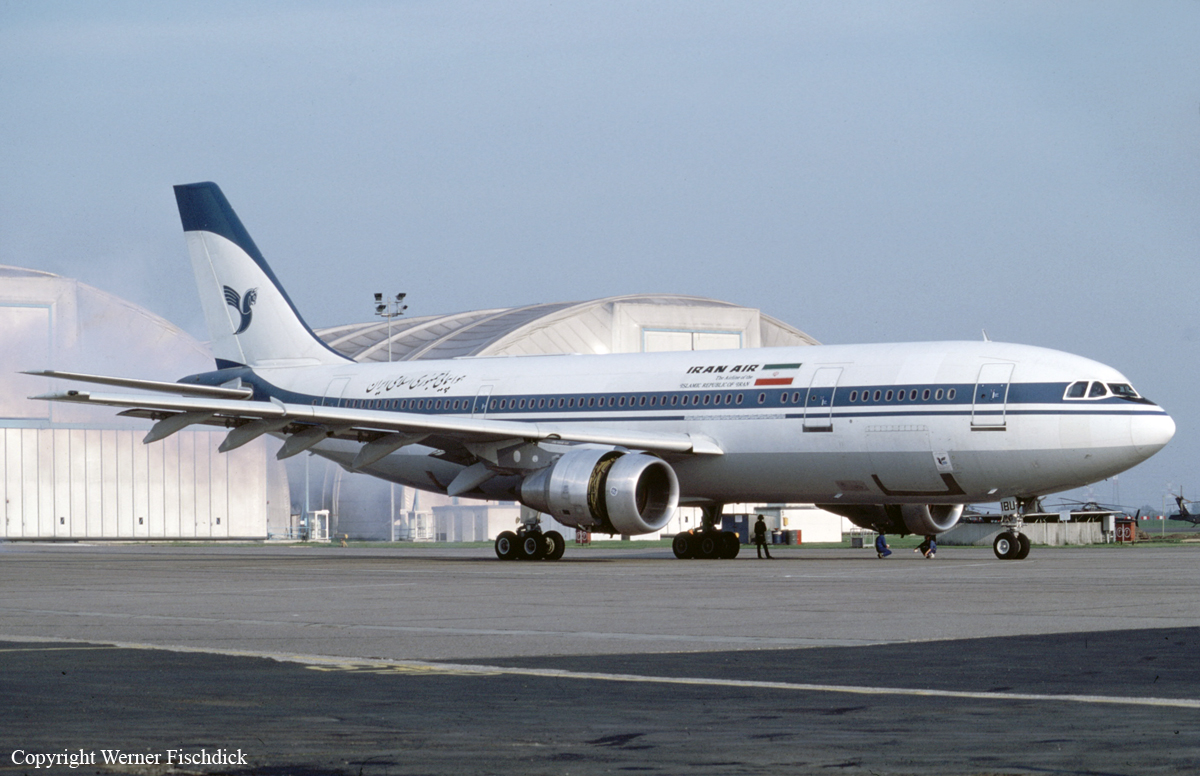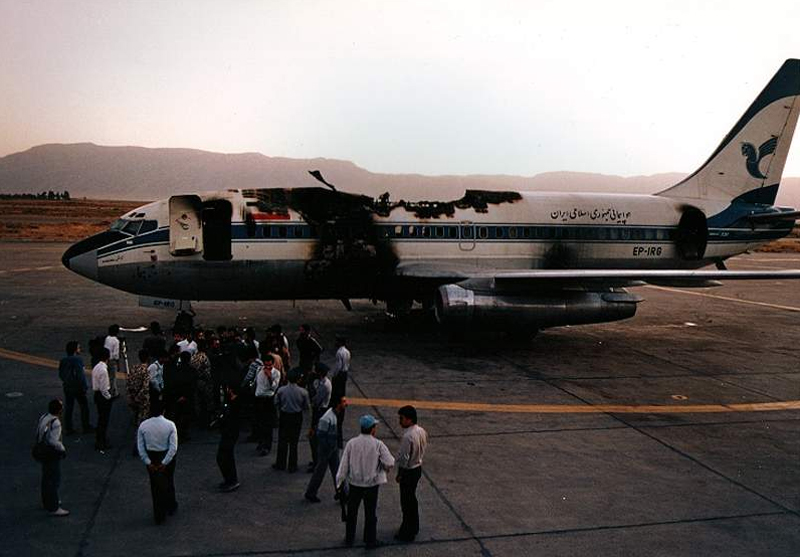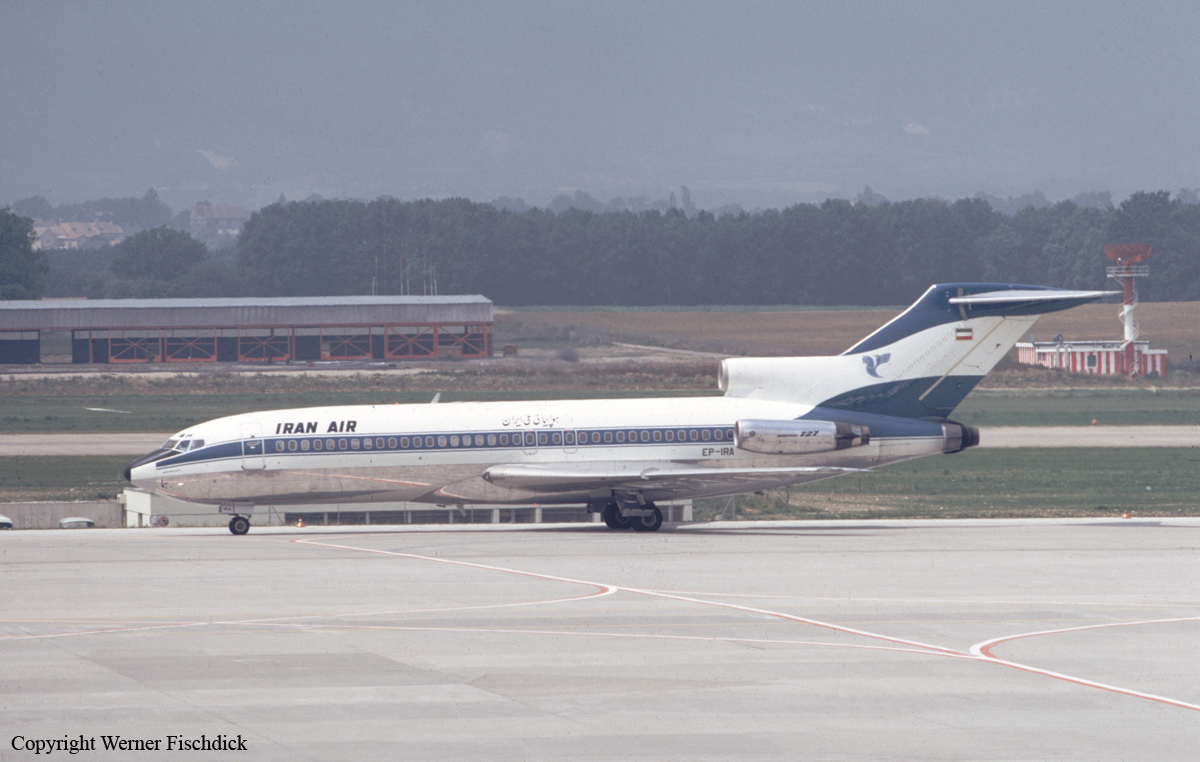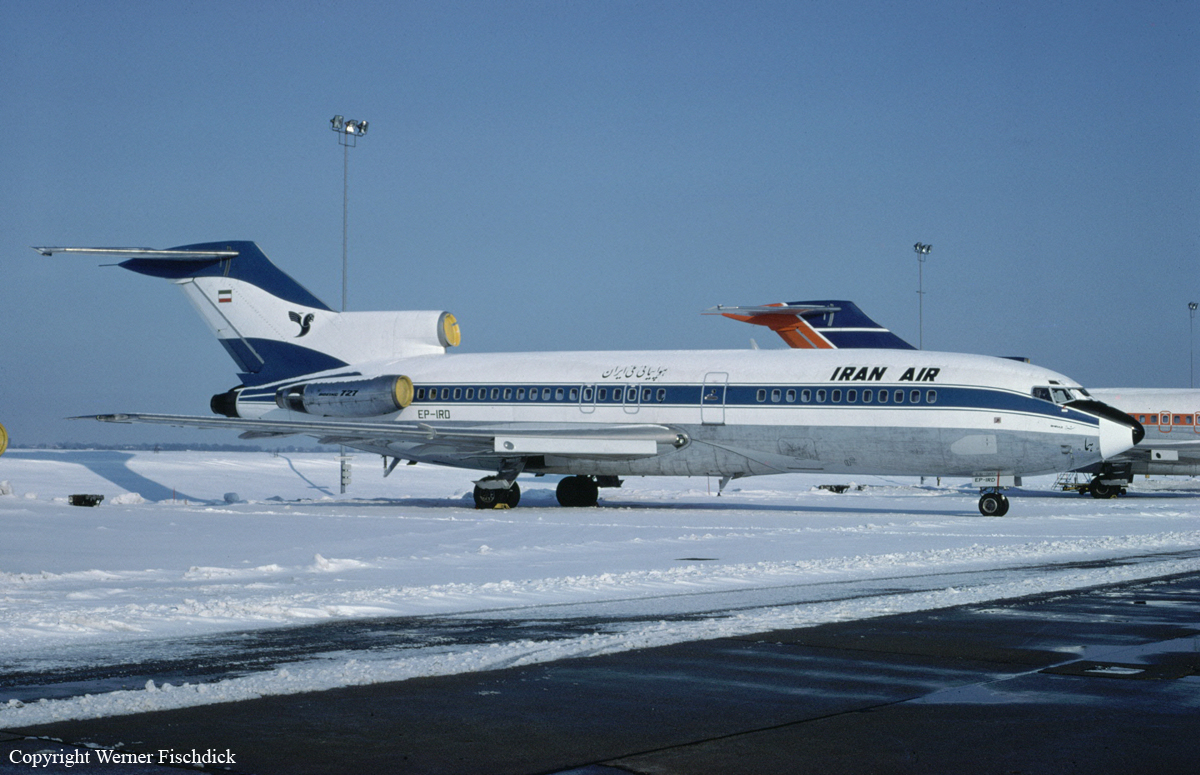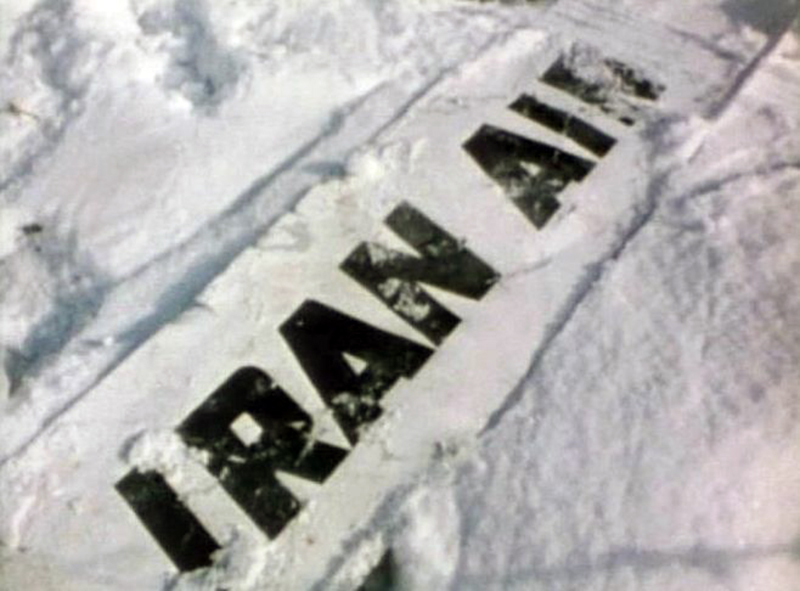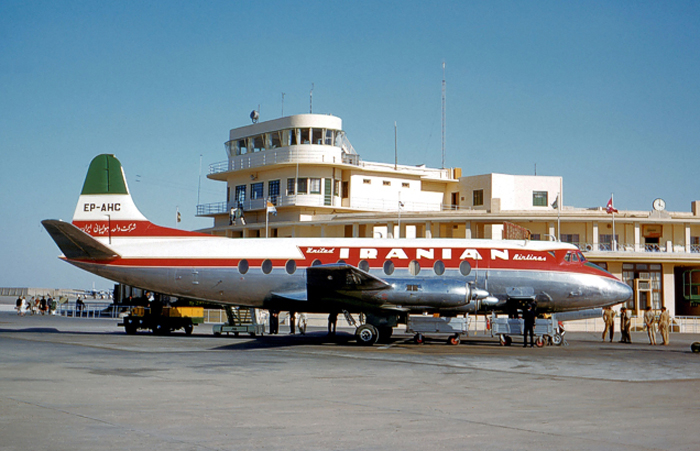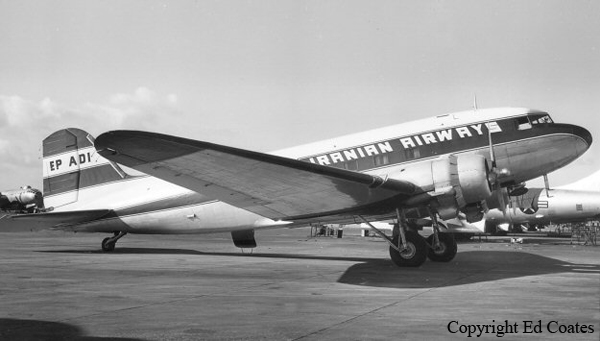Crash of a Fokker 100 in Isfahan
Date & Time:
Jan 5, 1998 at 2042 LT
Registration:
EP-IDC
Survivors:
Yes
Schedule:
Orūmīyeh - Tehran
MSN:
11267
YOM:
1990
Flight number:
IR378
Crew on board:
9
Crew fatalities:
Pax on board:
104
Pax fatalities:
Other fatalities:
Total fatalities:
0
Circumstances:
While descending to Tehran-Mehrabad Airport, the crew was informed about the poor weather conditions at destination with snow falls, low visibility and a 20 knots tailwind. The crew decided to divert to Isfahan-Shahid Beheshti Airport. On approach, the crew encountered limited visibility due to foggy conditions. The aircraft struck the ground, lost its undercarriage and slid for almost one km before coming to rest in a desert area located 8 km short of runway 26. All 113 occupants escaped uninjured while the aircraft was damaged beyond repair.
